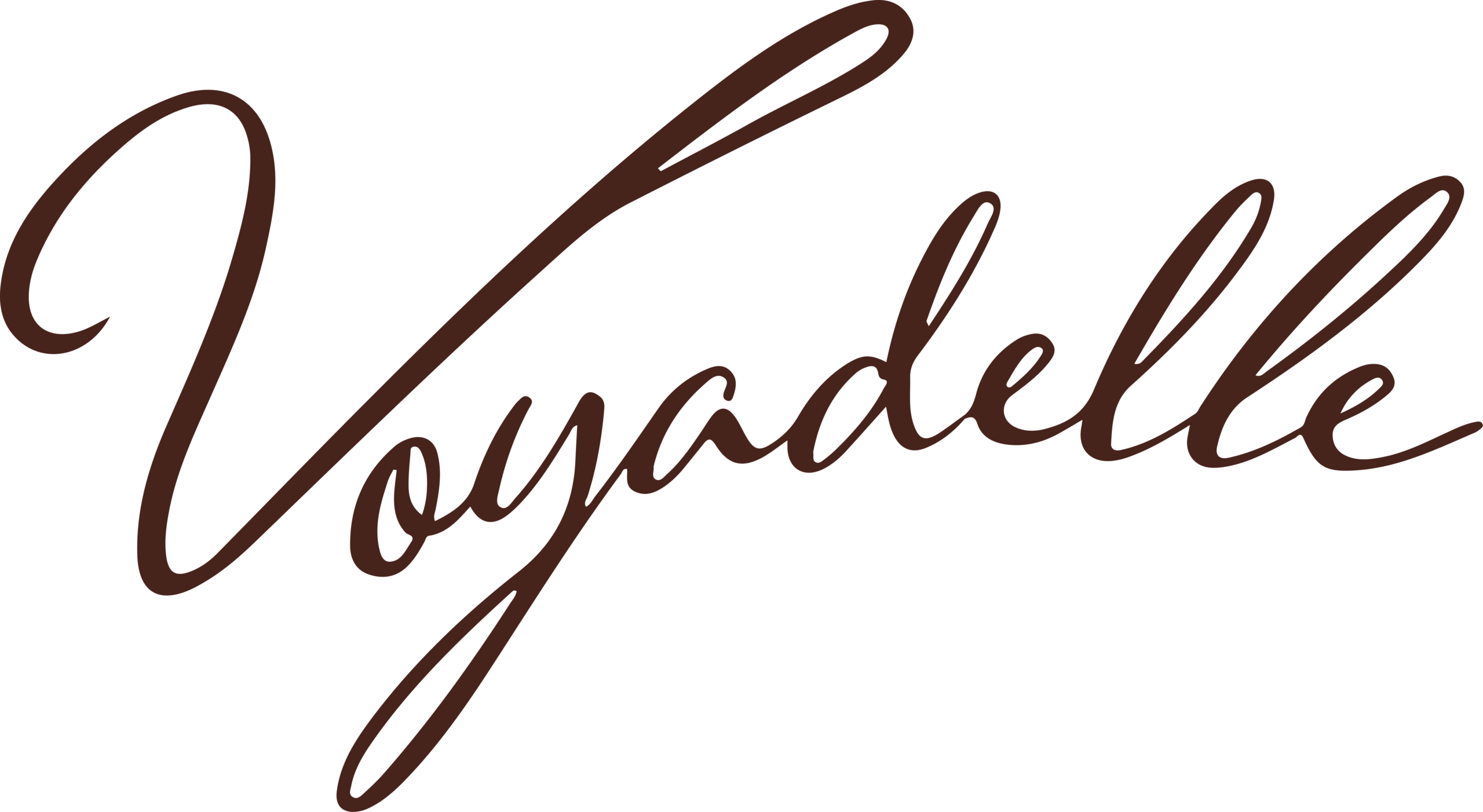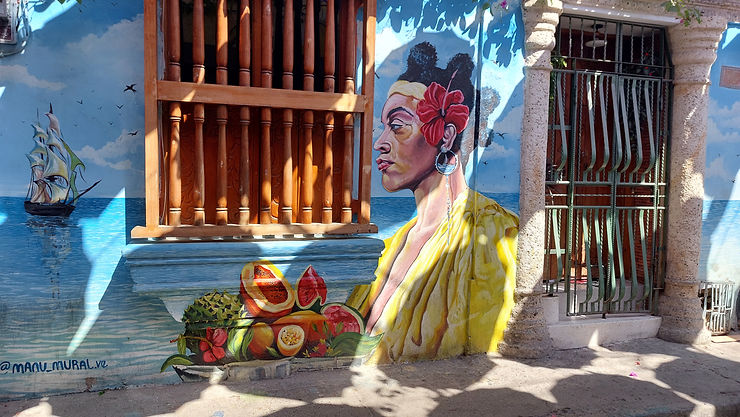A visit to Brussels is enough to dispel the cliché, which unjustly accompanies it, that it is a boring and colorless city. As the administrative center of the European Union, it has become associated with bureaucrats, but it has layers of history, beauty, vitality and interest greater than its geographical size.

Depending on the season, the experience is different. In spring and summer you enjoy walking more comfortably, the parks are green and the beer gardens spread out on the cobblestones, while in winter you enjoy the northern, nice cold (hopefully it doesn’t rain), the Christmas markets and the Christmas lights show on the always spectacular Grand Place.
Personally, the first thing that won me over in Brussels is its architecture. It has such variations that it bombards you with images, as if delivering a fast-paced history lesson. The art nouveau facades and Gothic churches, next to the skyscrapers and glass buildings of the European Union, are mixed with a diffuse surrealist aura from the graffiti. It is not by chance that it has the nickname Comic City.
On the other hand, the magnificent chocolate shops, cafes and lively pubs, the nice restaurants, the interesting neighborhoods, complement the serious face of the city, which is given to it by the headquarters of the European Union and the European Parliament, which can be visited daily.

Absolute must: the Grand Place
A visit to Brussels without spending time in the Grand Place is simply unthinkable. The architectural wealth of this square is overwhelming. It is an impressive UNESCO World Heritage Site with elegant and luxurious buildings from any side you look at. Here you will see the town hall (one of the most beautiful in the country), the Maison du Roi, which houses the Museum of the City of Brussels, and a series of magnificent guild houses built in the late 17th century, with architectural styles ranging from Baroque to Gothic, competing to be the most beautiful and opulent.
A stone’s throw from the Grand Place are the Royal Galleries, one of the oldest covered galleries in Europe. A wonderful walk for any time of year, but at Christmas it takes on a different dimension with the decorations and lights.

Manneken Pis: A paradoxical little statue
Very close to the Grand Place, the Manneken Pis, meaning “the little one who pees”, is a small bronze statue depicting a boy urinating in a fountain. It is a classic pose, which says a lot about the humor and culture of the Belgians. The statue was designed by Jérôme Duquenois and placed in its place in 1619 and over time, it became the city’s mascot, as well as a symbol of the Belgian temperament.
The statuette we see today is a copy, since the original has been stolen many times, and is now in the Museum of the City of Brussels.
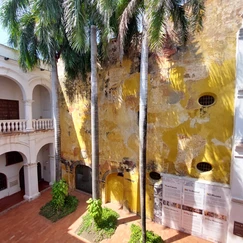
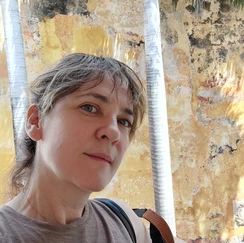
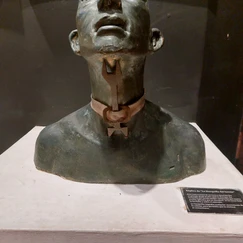
The Royal Quarter: An 18th-century masterpiece
The Place Royale maintains its historical function as the “building of the executive power” and houses the Royal Palace, the “office” of the Belgian King. A magnificent complex that includes the Parc de Bruxelles or Royal Park. Walk, enjoying the beautiful gardens and the magnificence that exudes the harmoniously built mansions. Look across the park for the Palais des Nations, the seat of the Belgian Parliament, the statue of Godfrey of Bouillon and the church of Saint-James, which resembles a Greco-Roman temple.
Brussels and comics go hand in hand
The ninth art is everywhere: in shops, galleries, open-air markets and festivals. More than 80 murals in various areas introduce you to the wonderful world of comics. It is common to turn a street and come face to face with Tintin, Cubitus, Billy and Buddy, Blake and Mortimer or Corto Maltese.
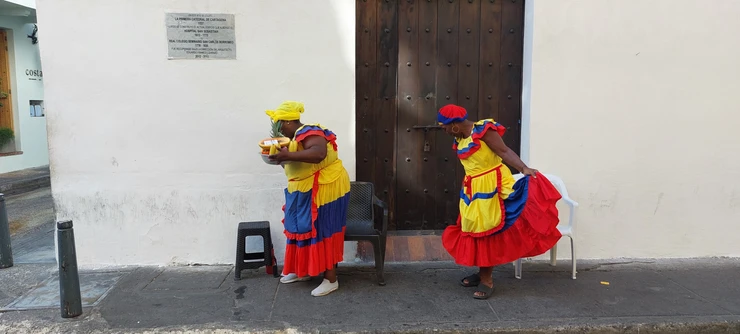
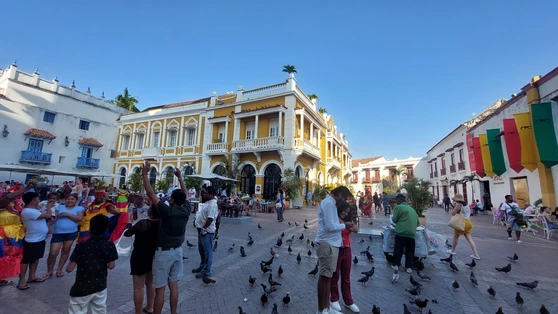
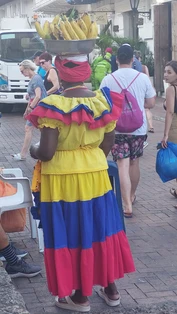
The Marolles neighborhood, which I loved and would like to move to (it happens to me every time I get excited about a place) is undoubtedly the most authentic part of Brussels and resembles a district of Paris. They say it reflects the diverse and friendly people of Brussels, as it was a working-class neighborhood.
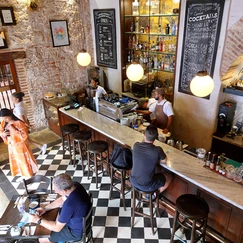
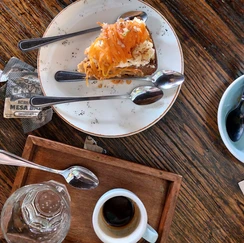
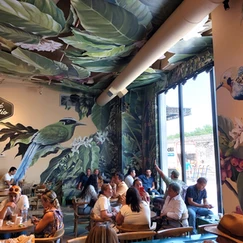
It has cobblestone streets with the city’s oldest bars, brasseries and art galleries, as well as many antique, second-hand and vintage clothing stores, bookstores and cool record stores.
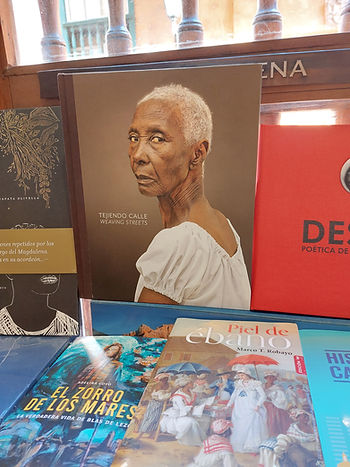
.
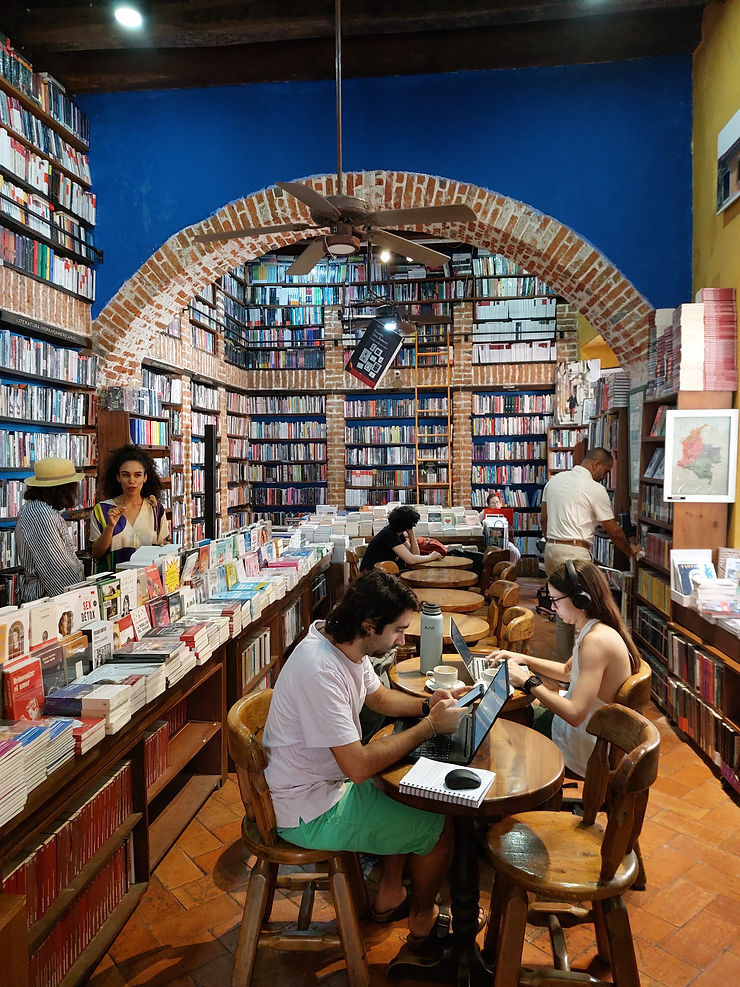
The area is known for its open-air market that takes place daily on Place du Jeu de Balle and the street art that gives it a special character. Here you will find the largest number of comic book murals in Brussels, by young artists who have given the neighborhood murals inspired by the world of the famous medieval master Bruegel.
At Crevette Records, you will feel like a DJ, since you can listen to some incredible electronic music albums on the spot before buying them. Complete the urban experience by trying the balance
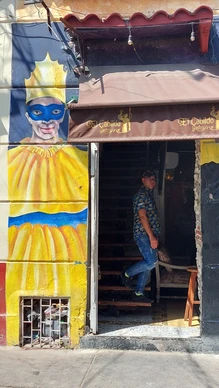
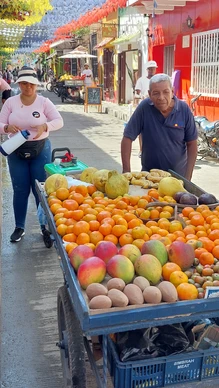
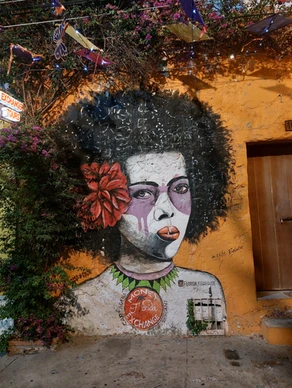
Colombia enchants with its contrasts, history and intense energy given by the wild jungle and the foaming ocean waves. My journey to the relatively unknown country of South America began in the renaissance Cartagena, continued in the carnival city of Barranquilla, and ended in the magical Tayrona Park in the beautiful new age hippie village of Palomino.
After an 18-hour flight from snowy Athens, in early February 2023, I arrived in warm summer Cartagena just before midnight. Cartagena, always high on my top travel list, had acquired a mythical dimension in my mind.
The taxi that was taking me to the hotel, approaching the beautiful San Diego neighborhood, in the historic center, got stuck in traffic. The legendary city with its Renaissance walls, tropical vegetation, beautiful buildings and music that spread joy in the atmosphere and its cosmopolitan feel, had surrendered to the frantic rhythms of the night.
The carriages that circulate in the streets of the center created a riot, combined with the tourists, the young girls in sexy dresses who came out to have fun, but also the kids who beg, especially if they see a tourist dragging his suitcase on the pavement. The heavy door of the Hotel Don Pedro De Heredia closed behind all the hustle and bustle of the city, putting an end to the first day of the journey, which had been crowned with the success of reaching my mythical destination.
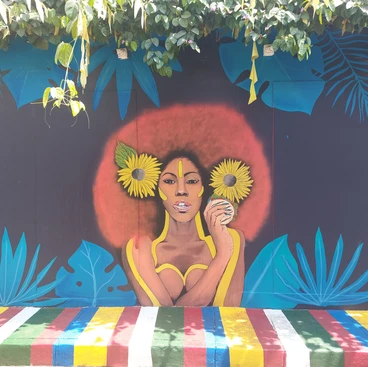
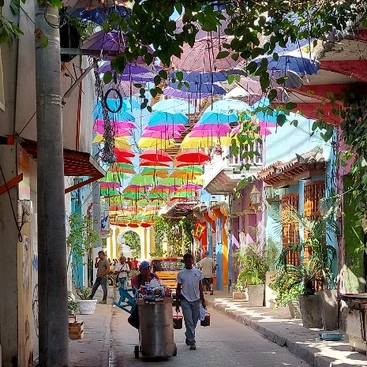
Hotel Don Pedro De Heredia
Cartagena was a strategically important port for the Spanish conquistadors who traded Peruvian gold and transported slaves from Africa. It was founded in 1533 and by the 17th century it had evolved into the “Queen of the Indies”, but also into an important center of the slave trade of the New World.
The beauty of its historic center, which retains its Mediterranean atmosphere that was given to it by the European conquerors, who built many impressive buildings, placed it on the list of UNESCO Cultural Heritage monuments.
Walking through the cobblestone alleys, you become more and more immersed in its atmosphere. You can’t get enough of photographing the old Spanish houses, with the strong color contrasts of ochre and blue on their facades, as well as the wooden balconies and the bougainvillea that cast their shadows on the street.
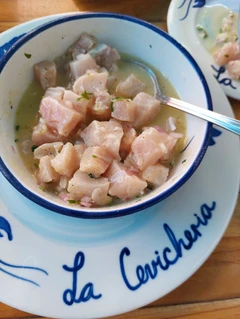
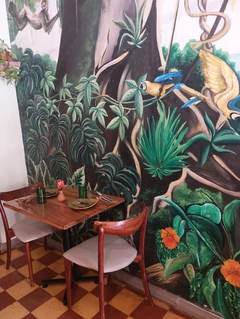
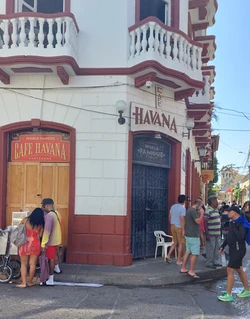
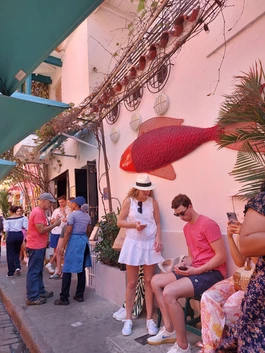
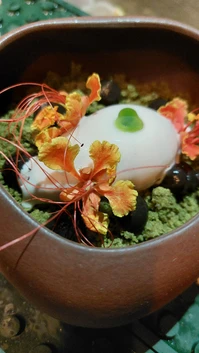
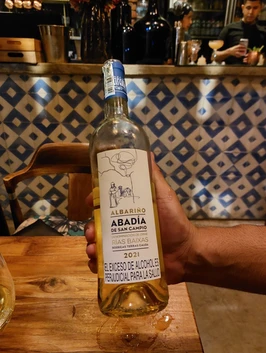
It looks like something out of a movie and has a literary past. This is where the magical realist writer Gabriel García Márquez was inspired to write his novel “Love in the Time of Cholera” and here the film of the same name with Javier Bardem was filmed. The Nobel Prize-winning Colombian writer spent a lot of time in Cartagena, where his house in San Diego still exists, in the quietest neighborhood of the old city.
If you are going to visit a museum, then head to Plaza Bolivar and the imposing Palacio de la Inquisición (Palace of the Inquisition). The palatial 18th-century mansion that houses it is one of the most beautiful examples of Spanish colonial architecture in the city. At first you are impressed by the inner courtyard, the tall palm trees and the building, but then the exhibits about the tortures of the Spanish Inquisition, such as the horrific instruments of torture, which are displayed and bring to life one of the wounded pages of the city’s history, make you shudder.
In 1610, the Spanish Inquisition acquired offices in Cartagena. The penalties it imposed for 200 years, until 1811 when it was abolished with independence, were related to heresy, blasphemy, bigamy and witchcraft and were announced in the main square, today’s Plaza de Bolivar.
Today, Plaza Bolivar, with its statue of Simon Bolivar, the leader of Colombia’s independence from Spain, is one of the most popular relaxation spots for Cartageneros. The black palenqueras in their colorful dresses selling fruit, among fashionable locals, elderly people playing chess, and tourists enchanted by the atmosphere – mainly Latin Americans and Europeans – who love the good life, also create a beautiful image. Palenqueras are the women from San Basilio de Palenque, a village in the Cartagena region where the first slaves in the Americas were freed, and they will get angry if you don’t pay them for the photo you might reasonably want to take of them.
On the streets of the city, you’ll see street coffee vendors with their colorful carts going around the streets selling tinto, as they call black coffee. Colombia has hundreds of coffee plantations in the famous “coffee triangle”, namely the regions of Quindio, Caldas and Risaralda. Although the coffee that the locals drink is very basic, there are now nice cafes in the Mallplaza Cartagena and Epoca shopping centers where you can enjoy
